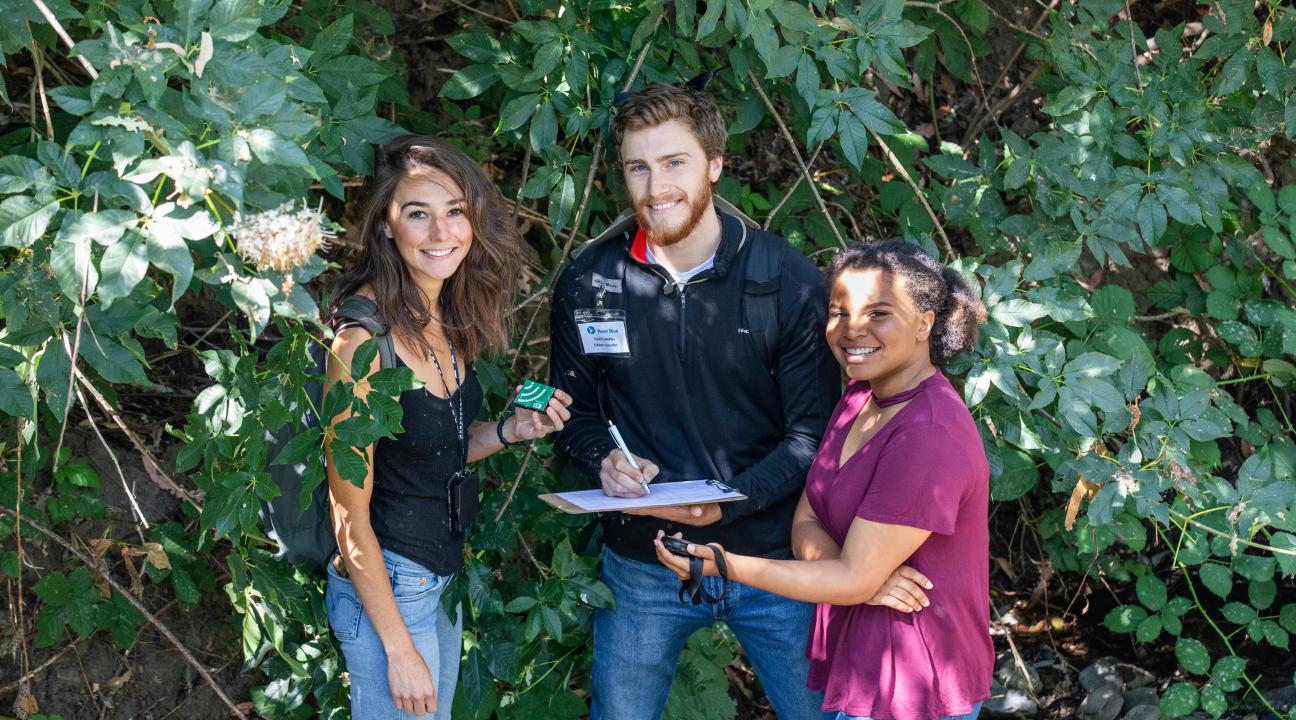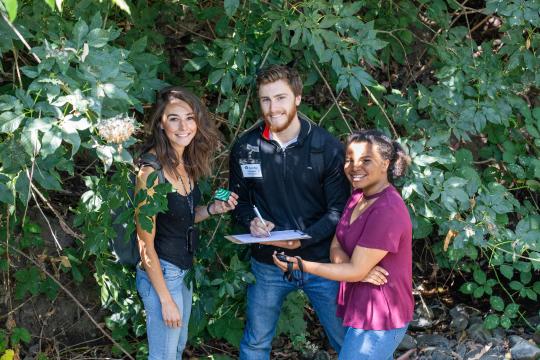BioSoundSCape: Connecting Acoustics and Remote Sensing to Study Habitat-Animal Diversity Across Environmental Gradients

College or Division: College of Humanities, Social Sciences, and the Arts
Sponsor: National Aeronautics and Space Administration
Calendar Start & End Date: -
Funding Amount: $492,105
Mapping and monitoring the structure, function, and biodiversity of Earth's ecosystems is one of the most important research objectives for space science this decade, in particular to address the rapid decline of biodiversity under anthropogenic pressure and climate change. To respond to the urgent need of mapping and monitoring biodiversity in a timely manner, the BioSoundSCape project will use a novel, generalizable, and species agnostic approach to retrieve acoustic and plant spectral and structural diversity. The acoustic landscape of the Greater Cape Floristic Region in South Africa will be recorded by a network of autonomous units designed to pair with NASA's 2023 BioSCape airborne campaign (www.bioscape.io). We will use these airborne imaging spectroscopy (hyperspectral) and light detection and range (LiDAR) data to characterize the vegetation habitats of animals in terms of their spectral (biochemical) and structural properties, respectively. Our approach then integrates measures of acoustic, spectral, and structural diversity to investigate the strength and shape of the animal-habitat diversity relationship across vegetation types and gradients of natural and anthropogenic disturbance, such as wildfire fire and impact from roads.


